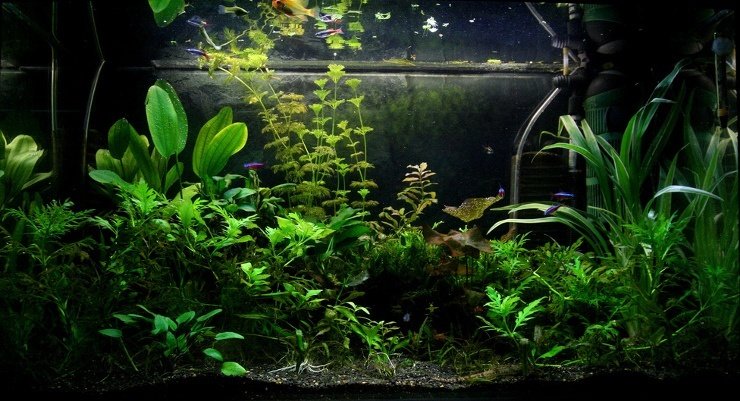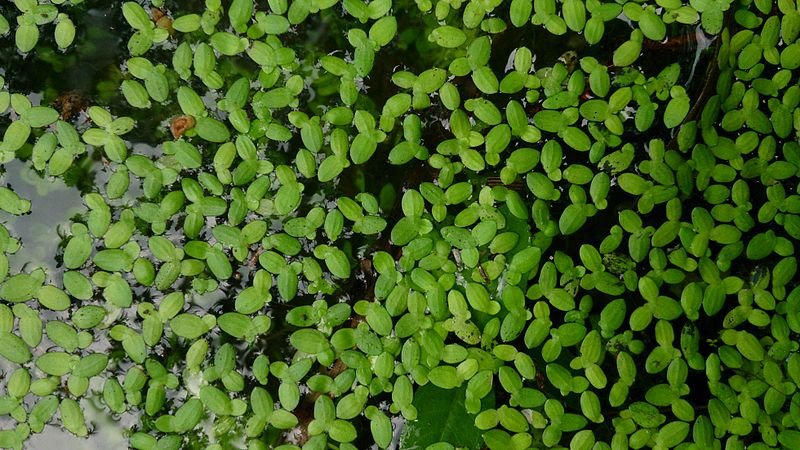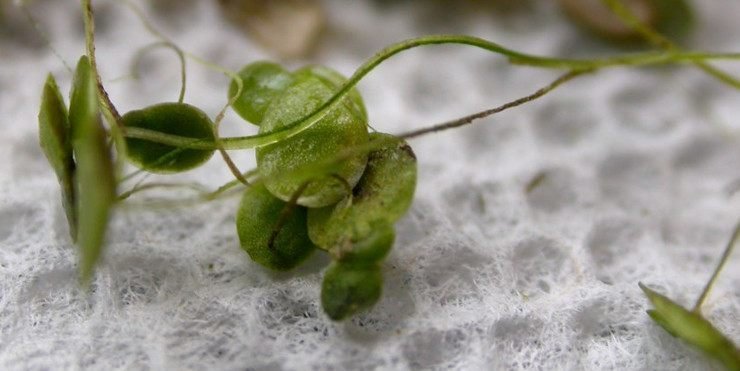Aquarium flora is something that every hobbyist dips their toe into at least once in their fish keeping times, creating an underwater paradise is an ideal sought after by most aquarists.
But let's be honest with ourselves for a moment, it's rare that we are all really happy with what we create, after about a week or so anyway.

(source)
We design something in our heads and put it together in the aquarium, we put the finishing touches to our cubes - or various other shapes - and then add back our water and fish, take a step back and observe it for a moment from all possible angles.
Add a few more ‘last’ finishing touches, take a step back, look again and then walk away.
We will return after a few hours and do a few more 'last last' finishing touches, even after all of this tinkering we may think ‘wow that looks epic’.
But after a few days, we start seeing the cracks and flaws in our design and want to carry on tinkering until all hope is lost.
Making your very own piece of living art takes years of practice, skills honed over the years, several headaches and holes in the wallet - or purse. It is easy, doing just one aquarium takes hours of planning on paper, finding the perfect rocks, wood,
Then you expect them all to blend together in a beautifully orchestrated masterpiece? No matter how much time and energy we put into a design it's never complete, there is always something missing…

Beautiful 125L planted tank (source)
...and then I discovered the world of floating aquarium plants and all my designs changed to accommodate them. They just make everything seem better, more natural, that top quarter of my aquarium never looked empty after putting in the floating plants.
They come with many benefits too - listed below - for the fish and the water quality. They have a visual appeal like no other and I would definitely recommend them to any hobbyist wanting that finishing touch.
Why choose floating plants?
As stated above floating plants have many benefits for your fish and aquarium. They help keep tabs on harmful chemicals in the water and assist in reducing nitrate levels. Water changes will still need to be done, but plants will still give that little extra help.
They provide food for many herbivorous fish and inverts; floating plants are much better for doing this as they are very low maintenance and grow very quickly, with the best probably being duckweed.

Common Duckweed (source)
Surprisingly easy to grow, they're low-maintenance and don't require an expensive set up to thrive, they can be placed in pretty much any aquarium - unless your water is completely uninhabitable - and they will grow and prosper. Anyone can use floating plants to their full effect.
Lastly, and possibly most importantly, many fish love hiding amongst the plants or just generally using it as cover.
There are a few fish that I would say defiantly enjoy having floating plants: Freshwater Puffers, African butterfly fish - actually a requirement for proper husbandry - and Bettas. Little fry also
Below I list my favourite three plus two surprising addition to any aquarium. The four listed are quite possibly the most common, but they are so for a reason: they're the best all round floating plants. Happy reading.
Floating Plants
Water lettuce (Pistia stratiotes)
I find water lettuce the most appealing to look at, they have larger leaves than most other species but they bunch slightly, just like a small gem lettuce, you will see the resemblance.
It's a fast grower so care needs to be taken so that they don't overrun your aquarium if they do it's very easy to just scoop out and bin - never release it into local water systems.
Due to their leaves, they tend to block out a good amount of light to the water below, but again only if the aquarium becomes overrun, and even then, it takes a serious lack of care for that to happen.
Their long branching roots make ideal nurseries and hiding places for many species of fish, these roots aid in the artistic and natural look of an aquarium, adding something into that top third of the aquarium that's often very difficult to make appealing.
Due to the size of the water lettuce its best suited for slightly larger aquariums, I'd say at least 100 liters - roughly depending on length and/or height. But again it's a beautiful plant that once established in an aquarium completes the look and gives a stunning view.
Duckweed (Lemna minor)
Probably my favourite aquarium plant ever discovered.
Duckweed is perfect for the smaller aquarium, its tiny leaves, and short roots indicates it is ideally suited for aquariums under 100 liters.
It doesn't block out much light and has a unique frog pond style look.
Looking into the tank from above you see a mass of beautiful small green leaves all along your aquarium, breaking slightly whenever a fish surfaces, looking completely natural and gorgeous.
Looking from underneath the water level you'll see a picture of the wild riverbanks of slow moving tropical, rivers, slightly darkened with rays of light breaking through and short roots from the leaves of the duckweed plant at the surface.

Duckweed - Body and Root (Source)
A serious word - or a few words - of caution, however, it grows very quickly so it will need to be binned or sold every now and again. It may also get into and clog a filter if the flow on your aquarium pushes the plant under the water.
The last problem point: have a lid on your tank. I had a nice 55 liter set up with no lid, I found bits of duckweed on my walls behind the tank, they're a nightmare to get off the walls.
Amazon Frogbit (Limnobium laevigatum)
I've found this to be used in many Amazonian style setups or biotopes, it has broad(ish) leaves, large rosettes, and long branching roots.
It's a classic that's been on the market for many years, it's very popular amongst hobbyists as it's reliable and easy to use.
It will, however, block out a lot of light, if you are creating a biotope it's not an issue, most fish and other plants from this area prefer slightly darker murky waters anyway - imagine an isolated pocket on the bed of a tributary of the river Amazon, that's a typical ‘murky’ set up.
Many people do have trouble keeping this - I know I said it's easy but stay with me here - because roots can get into filters.
But there are methods to use and stop this: section off an area of your tank with some form of wire attached to suction cups, this will help to keep areas isolated.
Suspended plants
In this brief section, I will talk about the two surprising addition to the lists, I call them suspended plants. They're not quite floating but do better being left to move around the aquarium free from the confines of a substrate. Though they're not true floating plants and don't sit atop the water surface, they keep a bit of buoyancy and, as described remain suspended in the aquarium.
Hornwort (Ceratophyllum demersum)
Hornwort is another very common plant that can be found in most pet stores.
It's a British native species and can withstand a variety of water conditions and still look beautiful.
It can either be planted or left free floating and will grow quite quick.
Some plants
Cabomba (Cabomba caroliniana)
This is another plant I've used before and to good effect.
It's technically a weed in its native country – America - so that alone suggests it can grow quickly, its pale green leaves give it a slightly different colour to those I've suggested previously.
Again it can be planted or left free floating. I first came across its use as a suspended plant after it kept being uprooted from the substrate. I then noticed that it thrived just drifting through the current.
All my fry and shrimp loved this plant more than others, I think mainly due to the fact that it had grown quite densely packed yet had openings into the center for a good hide. This is effective but an acquired look in a home aquarium.
Closing Thoughts
I'm going to keep the summary to this article a short one for a change, and just leave it as follows:
Happy designing prospective creators of living art!
What is your experience with floating plants? If you have any questions feel free to ask in the comment section below or mail me.





